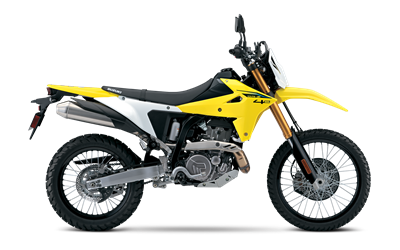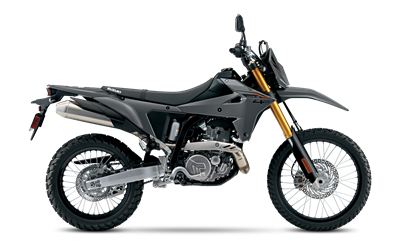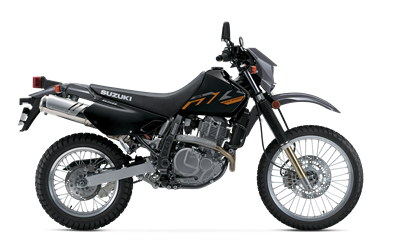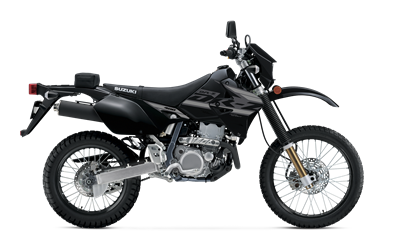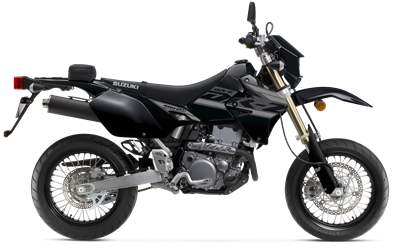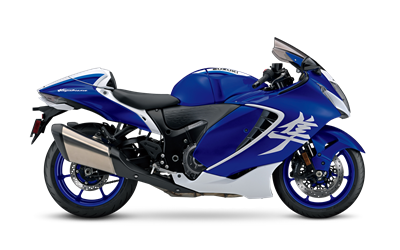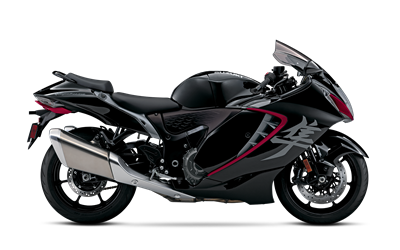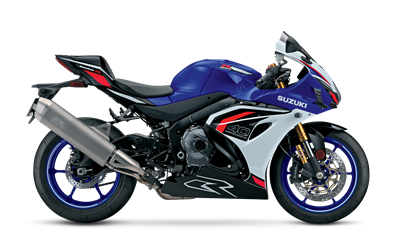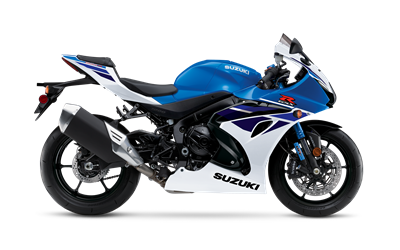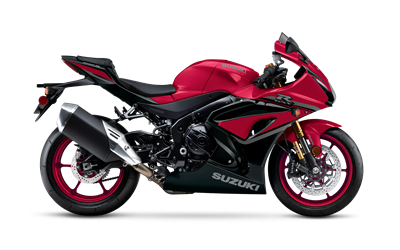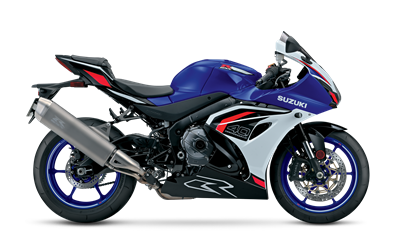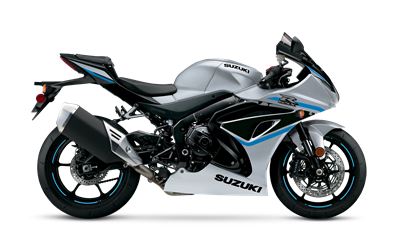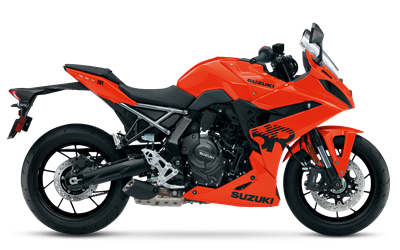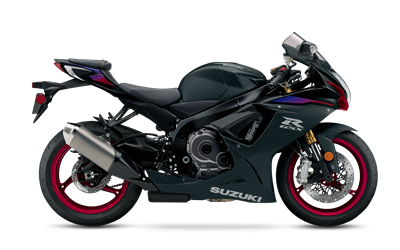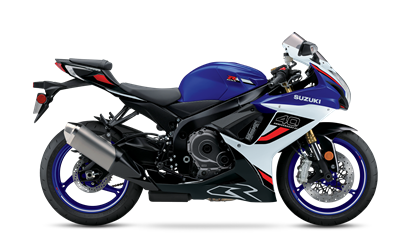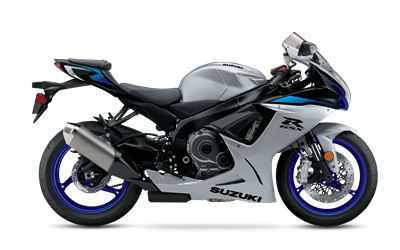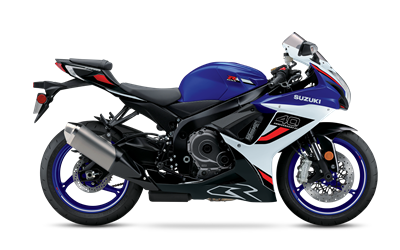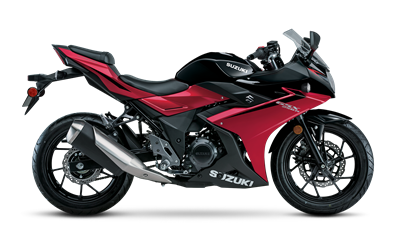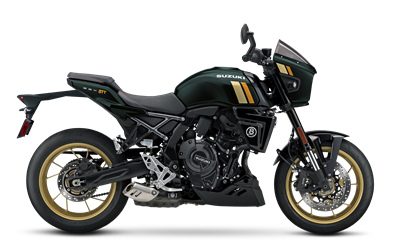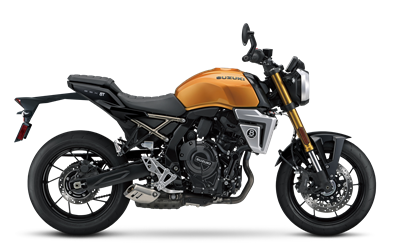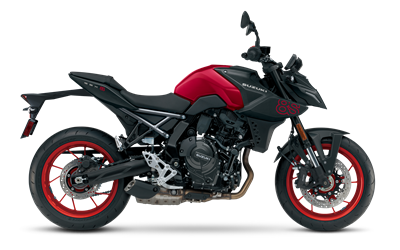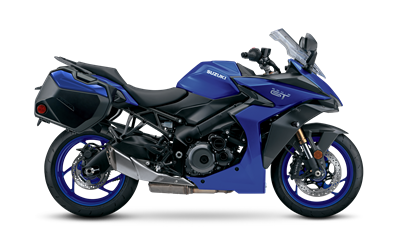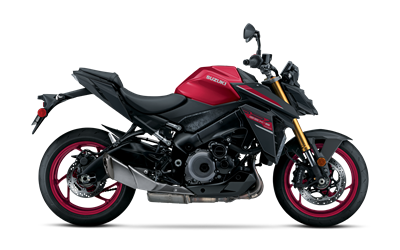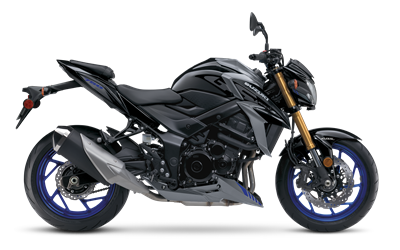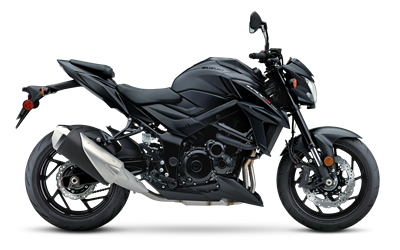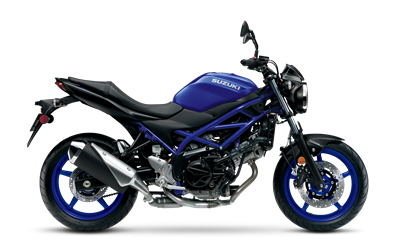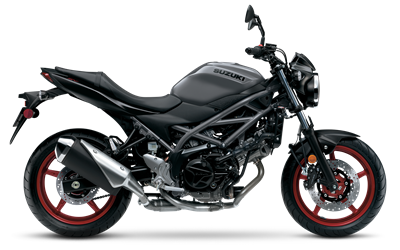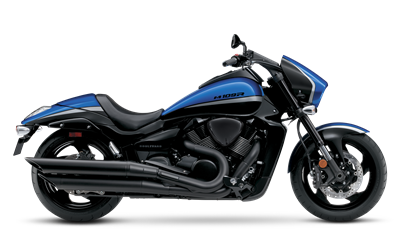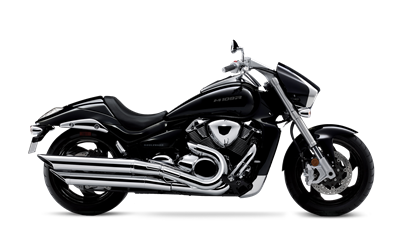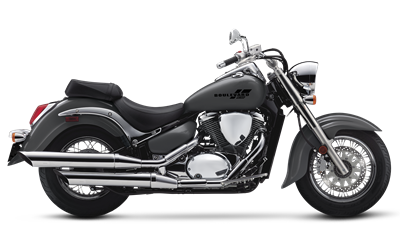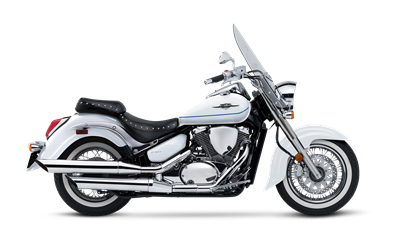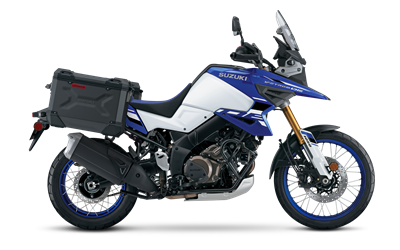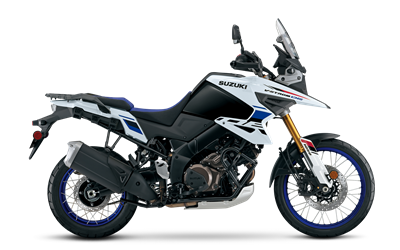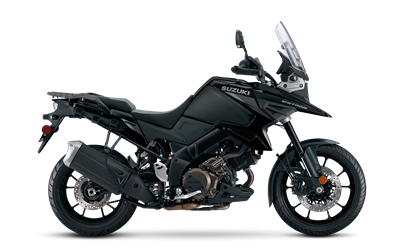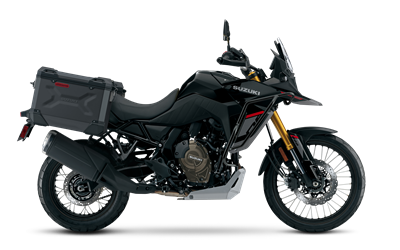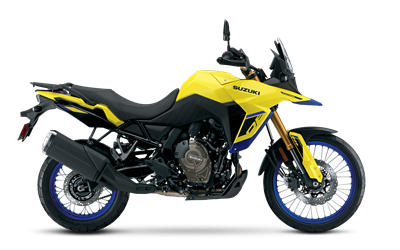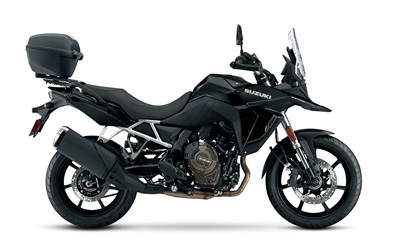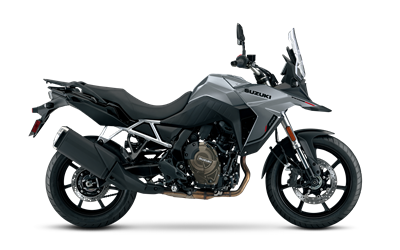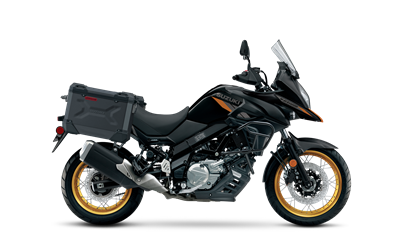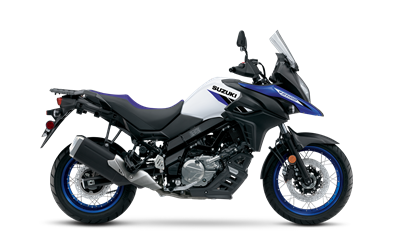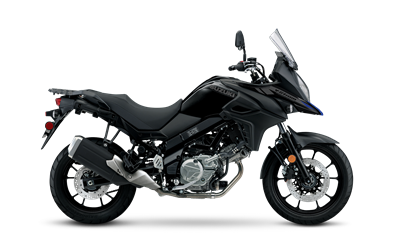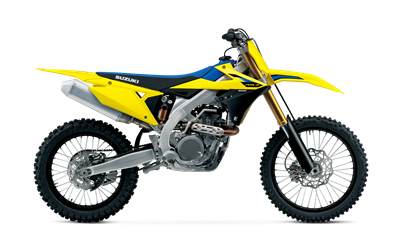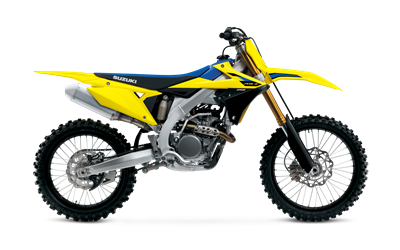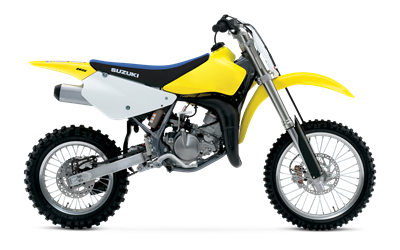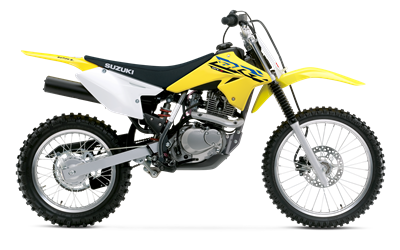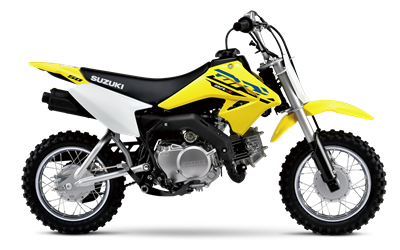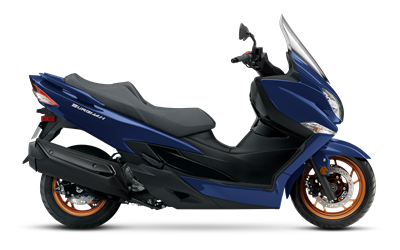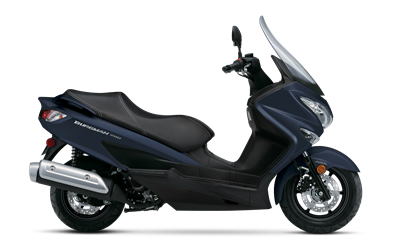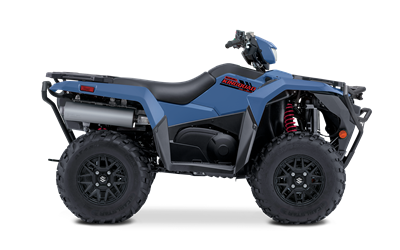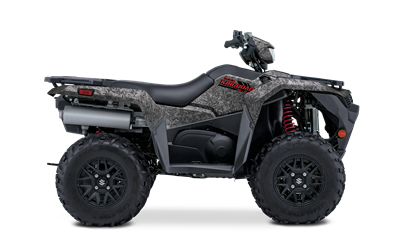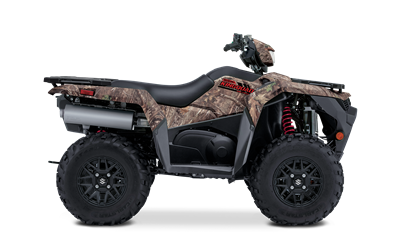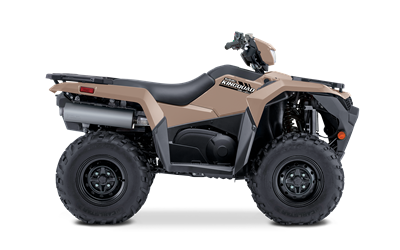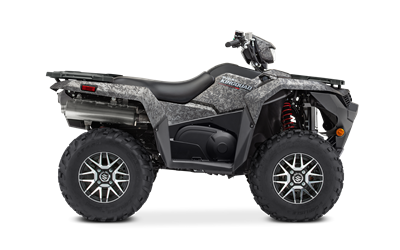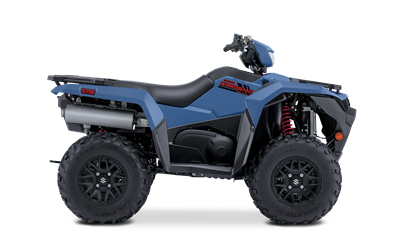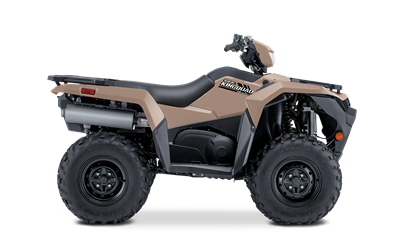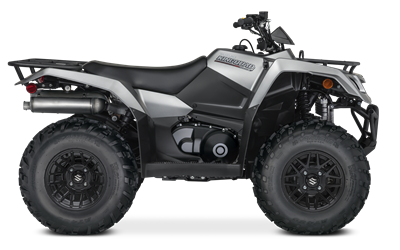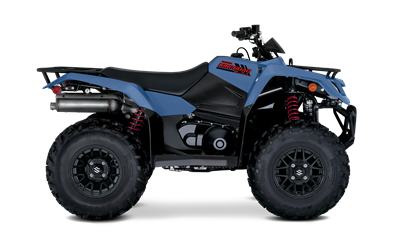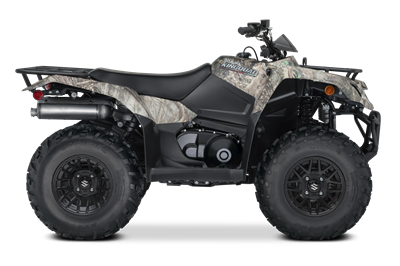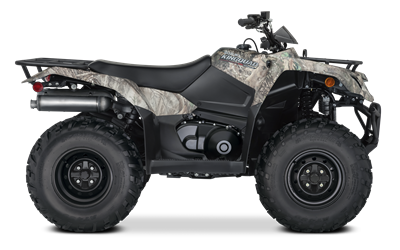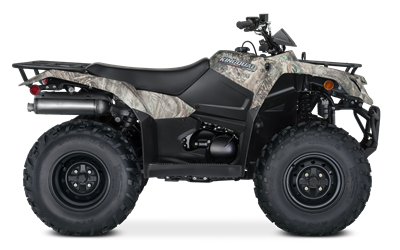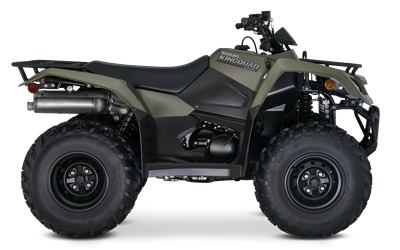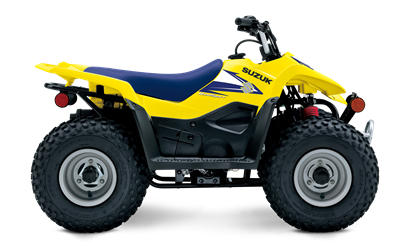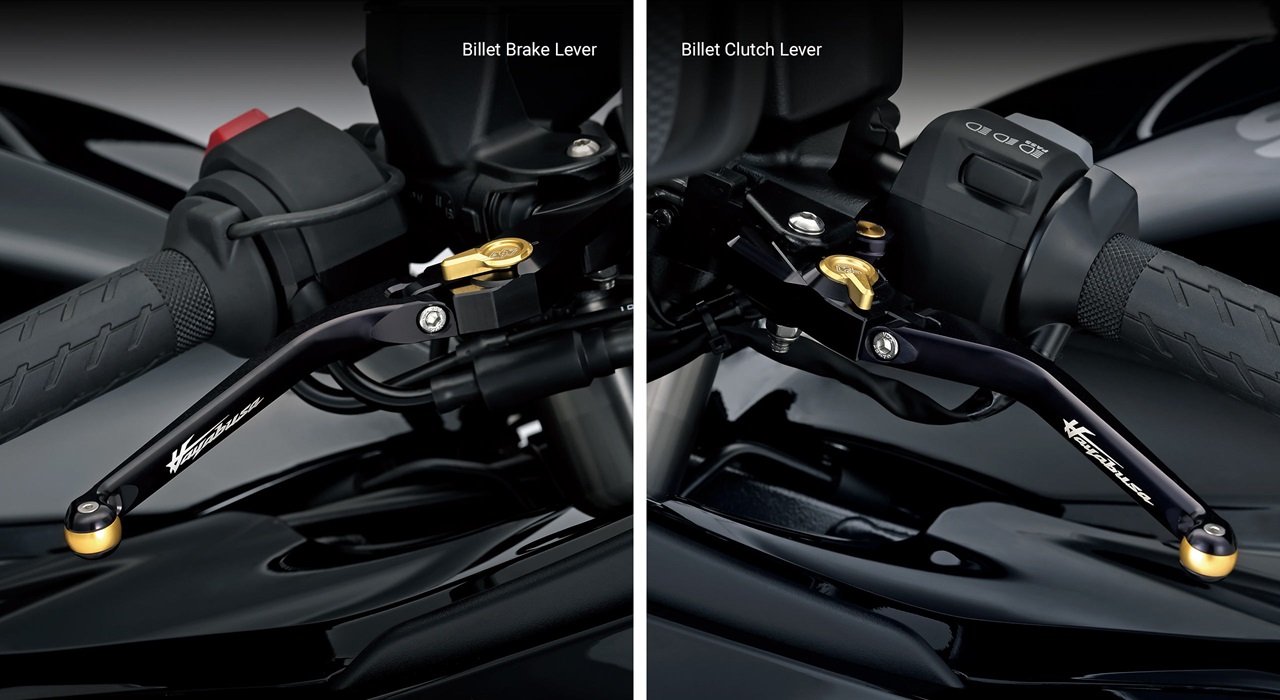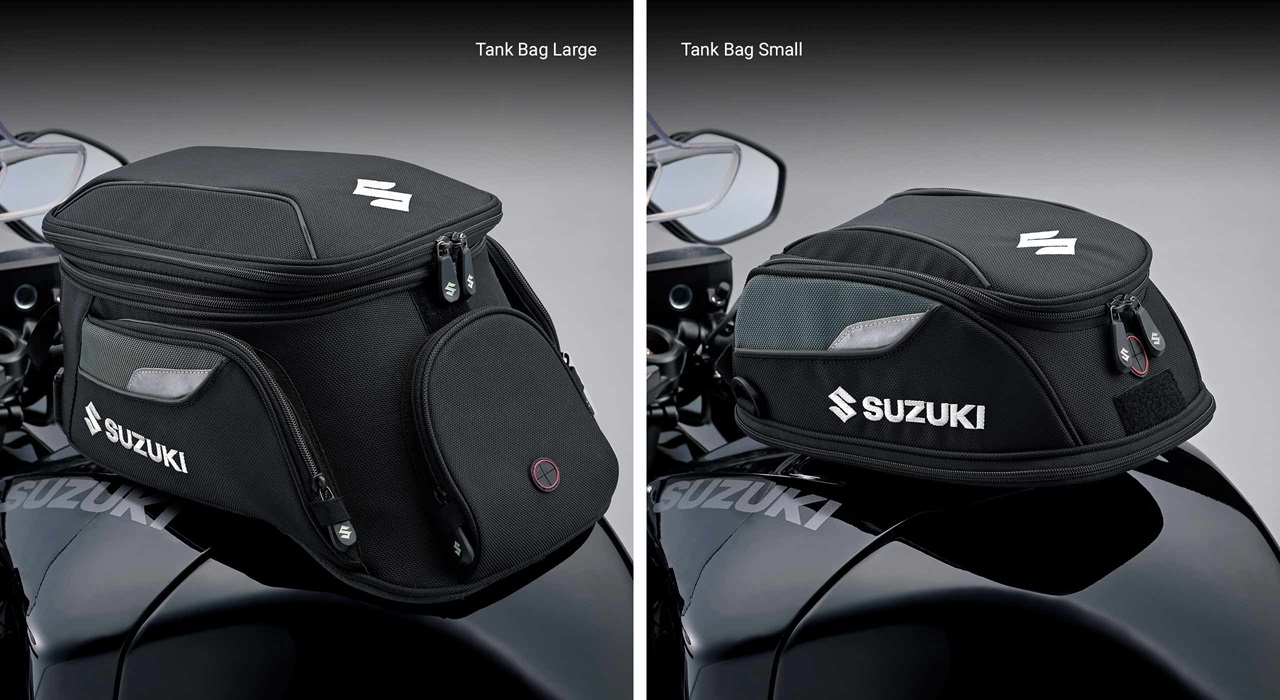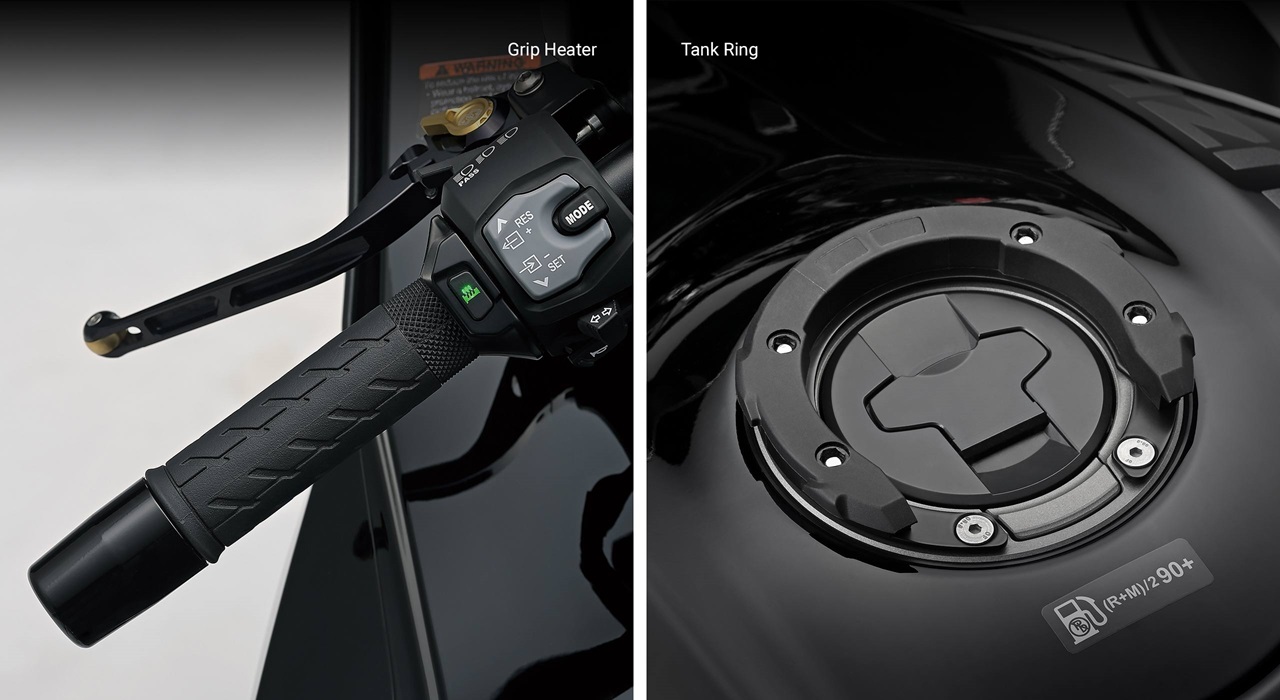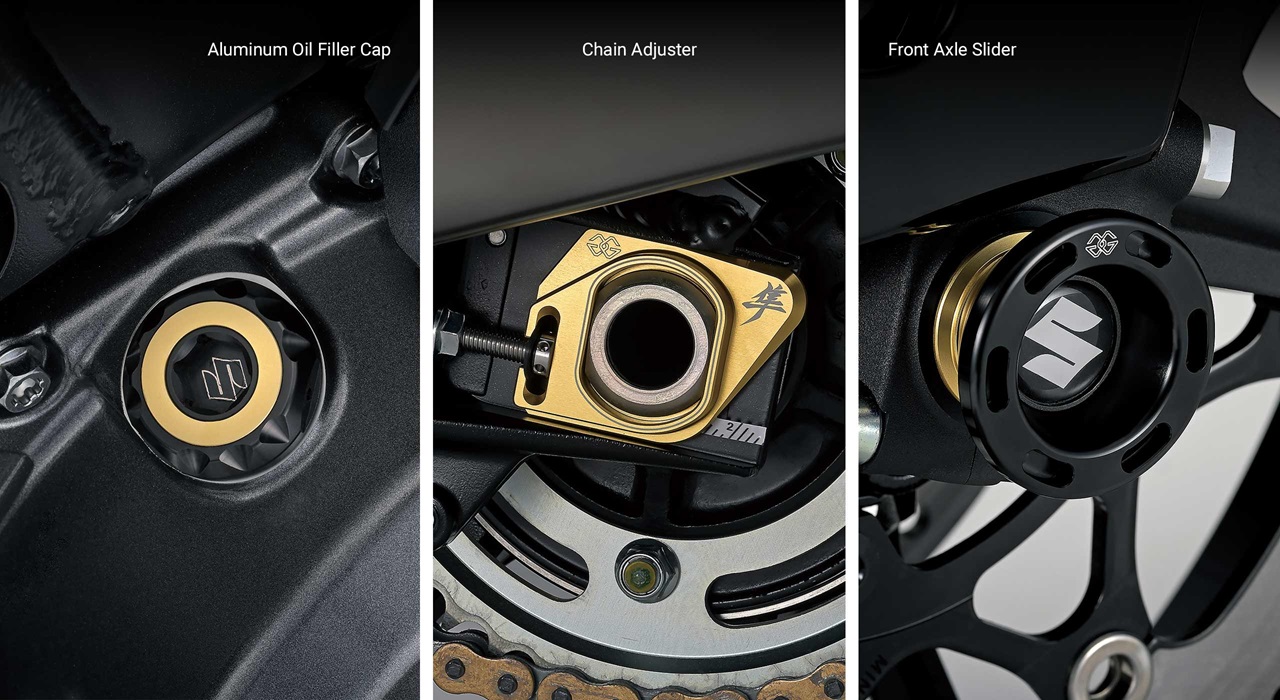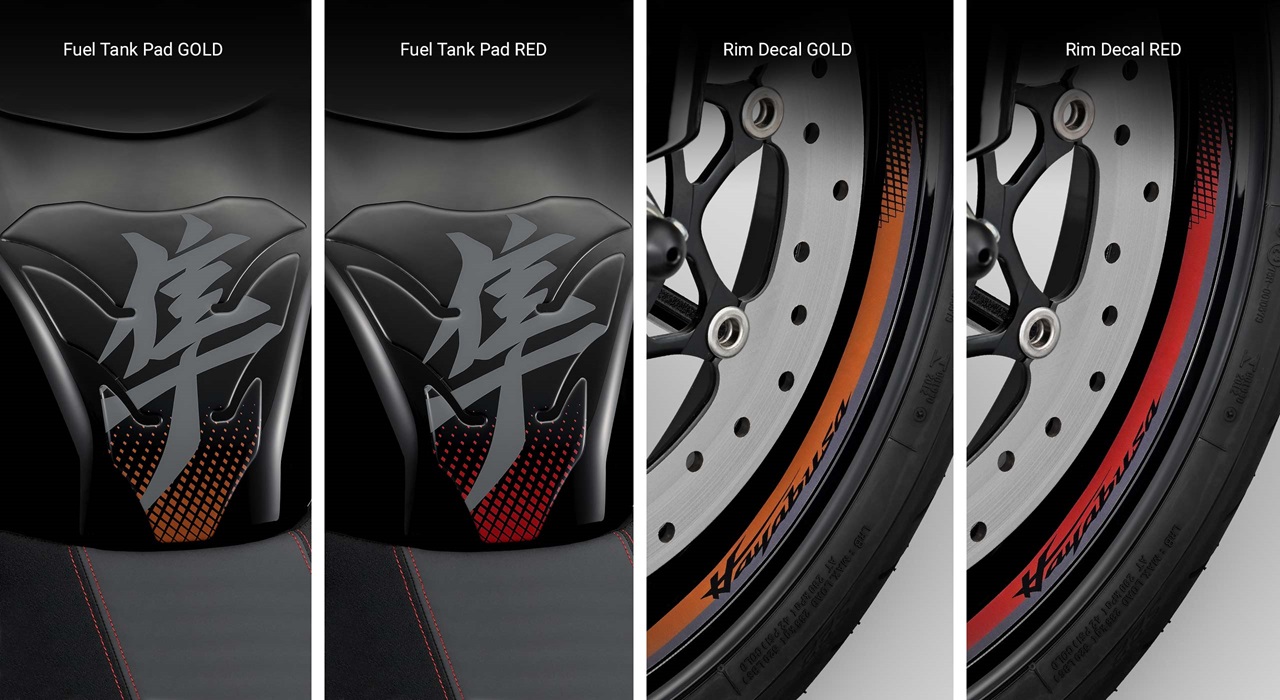Suzuki
2022 Hayabusa
It was a motorcycle unlike any other. Taking its name from the Peregrine Falcon, the world’s fastest bird, the first Hayabusa pushed styling and performance to a new place and forever changed motorcycle design.
Now it’s happening again.
The all-new Hayabusa melds two generations of refinement resulting in the quickest, most technologically advanced and aerodynamic Hayabusa yet.
Instantly familiar, but completely new, with a silhouette that is recognizable but unlike anything you’ve ever seen.
Suzuki engineers, designers and test riders worked relentlessly to evaluate and analyze every component then selected the absolute best elements to deliver the definitive performance Hayabusa riders demand. An all new electronics package turns Hayabusa’s legendary raw power into incomparable control and real-world rideability.
Exquisite styling, breathtaking performance and Suzuki’s unmatched engineering. The all new Hayabusa is ready for you. Are you ready for it?

Evolution of Hayabusa
Genuine Accessories Gallery - Available Now
Gen3 Colors







There was an error loading these images. please try again later!
The Making of Gen3
Styling

NEXT GENERATION STYLING
Electronics

SUZUKI ADVANCED ELECTRONICS
The Hayabusa implements an advanced new version of the Suzuki Intelligent Ride System (S.I.R.S.), motorcycling’s most comprehensive collection of electronic systems designed to optimize performance characteristics to match the needs of the moment and make the Hayabusa more controllable and predictable.
Electronic Features

The Hayabusa implements a new, advanced version of the Suzuki Intelligent Ride System (S.I.R.S.). S.I.R.S. provides the rider control of the Hayabusa performance characteristics in six distinct areas:
1. Control of the engine output characteristics
- Suzuki Drive Mode Selector Alpha (SDMS- α) & Power Mode Selector
2. Control over engine acceleration characteristics
- Motion Track Traction Control*, Anti-lift Control & Launch Control
3. Control over engine deceleration (engine braking) characteristics
- Engine Brake Control
4. Control over the engine at steady speeds
- Cruise Control & Active Speed Limiter
5. Control over engine and transmission operation
- Bi-directional Quick Shifter, Easy Start & Low RPM Assist
6. Control over braking
- Combined Brake System, Motion Track Anti-lock Brakes**, Slope Dependent Control & Hill Hold Control
*The Traction Control System is not a substitute for the rider’s throttle control. It cannot prevent loss of traction due to excessive speed when the rider enters a turn and/or applies the brakes. Neither can it prevent the front wheel from losing grip.
**Depending on road surface conditions, such as wet, loose, or uneven roads, braking distance for an ABS-equipped vehicle may be longer than for a vehicle not equipped with ABS. ABS cannot prevent wheel skidding caused by braking while cornering. Please ride carefully and do not overly rely on ABS.

The Suzuki Drive Mode Selector Alpha (SDMS-α) system provides the rider a choice of three factory preset and three rider (or user) defined and combined settings of the Power Mode Selector, Motion Track Traction Control, Anti-lift Control, Engine Brake Control and Bi-directional Quick Shift systems.
These presets provide the rider a quick and easy way to set the Hayabusa’s performance characteristics to their liking.
The rider can create three user-defined settings (U1, U2, and U3). These unique settings allow the rider to tune S.I.R.S. to their riding style or to their favorite road.
Using the mode and select switches on the left handlebar the rider can change modes and settings that are then displayed on the TFT LCD panel located at the center of the instrument cluster.

The Hayabusa’s Cruise Control System maintains the selected road speed without the rider having to hold the throttle open – a welcome feature for long-distance riding that can reduce rider fatigue. These presets provide the rider a quick and easy way to set the Hayabusa’s performance characteristics to their liking.
Cruising speed can be set from approximately 20 MPH to 125 MPH (31 km/h to 200 km/h) while riding at 2,000 to 7,000 RPM is second gear or higher.
A first in the motorcycle industry, the Hayabusa also has Suzuki’s Active Speed Limiter. This highly practical system allows the rider to set a speed limit the bike will not exceed, eliminating concerns about speeding or driving faster than intended.

The Motion Track Anti-lock Brake System** (MT-ABS) combines IMU-measured, spatial information of the Hayabusa’s posture in conjunction with front and rear wheel speeds. This allows the ABS** to not only activate in a straight line but also when the vehicle is leaning or turning.
By reducing the impact of sudden braking force, the Hayabusa is less likely to try to push itself upright or lose traction, instead maintaining the turning radius and lean angle to better follow the rider’s intended line through the corner.
Even if the rider is startled and brakes heavily in a corner, MT-ABS assists in helping maintain stability while stopping or slowing the motorcycle.
**Depending on road surface conditions, such as wet, loose, or uneven roads, braking distance for an ABS-equipped vehicle may be longer than for a vehicle not equipped with ABS. ABS cannot prevent wheel skidding caused by braking while cornering. Please ride carefully and do not overly rely on ABS.

The Launch Control System (LC) helps ensure efficient launch and acceleration from a standing start. Launch Control for the Hayabusa offers three modes from which the rider can choose to match his or her level of experience or confidence.
- Mode 1 limits engine speed on launch to 4,000 RPM for smooth, softer acceleration from a stop.
- Mode 2 lets the engine rev to 6,000 RPM for a moderate, stronger acceleration characteristic from a stop.
- Mode 3 limits the engine speed to 8,000 RPM for the strongest and quickest acceleration from a stop.
The Launch Control mode settings are displayed on the TFT LCD display and can be changed using the left handlebar switch.

The Anti-lift Control System (LF) adds control reassurance to riders by helping prevent the front wheel from lifting off the ground when accelerating.
The rider can choose from 10 modes, or turn the system off. The higher the setting, the greater the amount of control supplied.
Hayabusa’s dual-core 32-bit ECM processes data to determine the appropriate amount of engine output to deliver in response to the rider operating the throttle and the Anti-lift Control System mode setting.
The Anti-lift Control System mode settings are displayed on the TFT LCD display and can be changed using the left handlebar switch.

Hayabusa’s instrument cluster benefits from many carefully developed improvements and features styled to match the bike’s new appearance. The new cluster features outstanding functionality and a layout that is instantly recognizable.
The new TFT LCD panel is centrally mounted between the analog speedometer and tachometer.
Using two display methodologies, the TFT LCD panel displays a variety of information in formats that are easily readable.
The TFT LCD panel shows either the current SDMS-α system settings or an Active Data display indicating lean angle, front & rear brake pressure, rate of acceleration or deceleration, and current throttle opening.
A unique feature of the TFT LCD panel is an animation of the Hayabusa kanji character when the ignition key is turned on.

The main component supporting S.I.R.S. and other Hayabusa technology is a new Inertial Measurement Unit (IMU) supplied by Bosch®.
The Hayabusa’s new IMU measures six directions of movement along three axis.
The IMU detects pitch, roll, and yaw movement based on the motorcycle’s position, movement, and acceleration.
This new high-performance six-direction IMU also combines a three-axis angular rate sensor (gyro meter) and a three-axis acceleration sensor in a single compact unit.
Performance

UNMATCHED SUZUKI PERFORMANCE
The 2022 Hayabusa is powered by a new version of its renowned high-performance 1,340cc engine. Legendary for its accessibility, serviceability, adaptability and durability, it was imperative that the Hayabusa’s inline-four cylinder architecture be the basis for the new engine.

